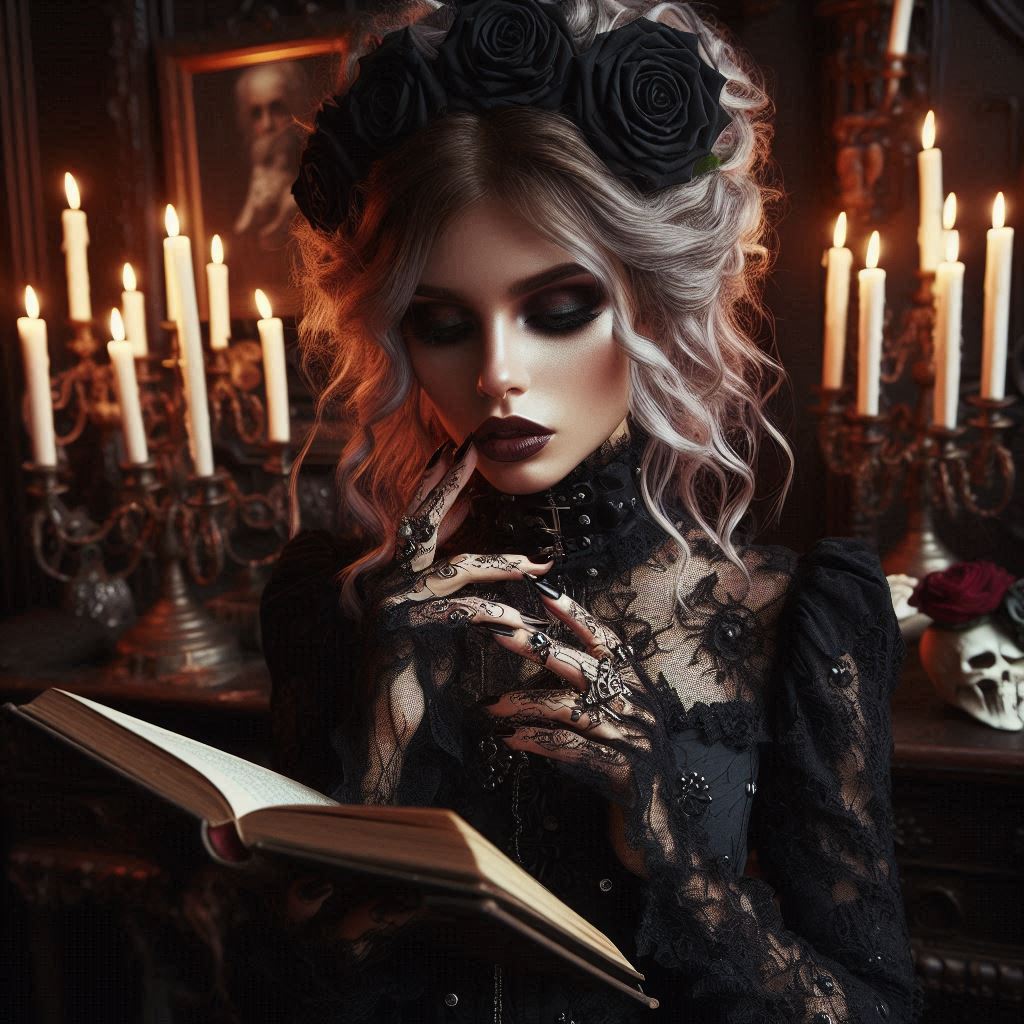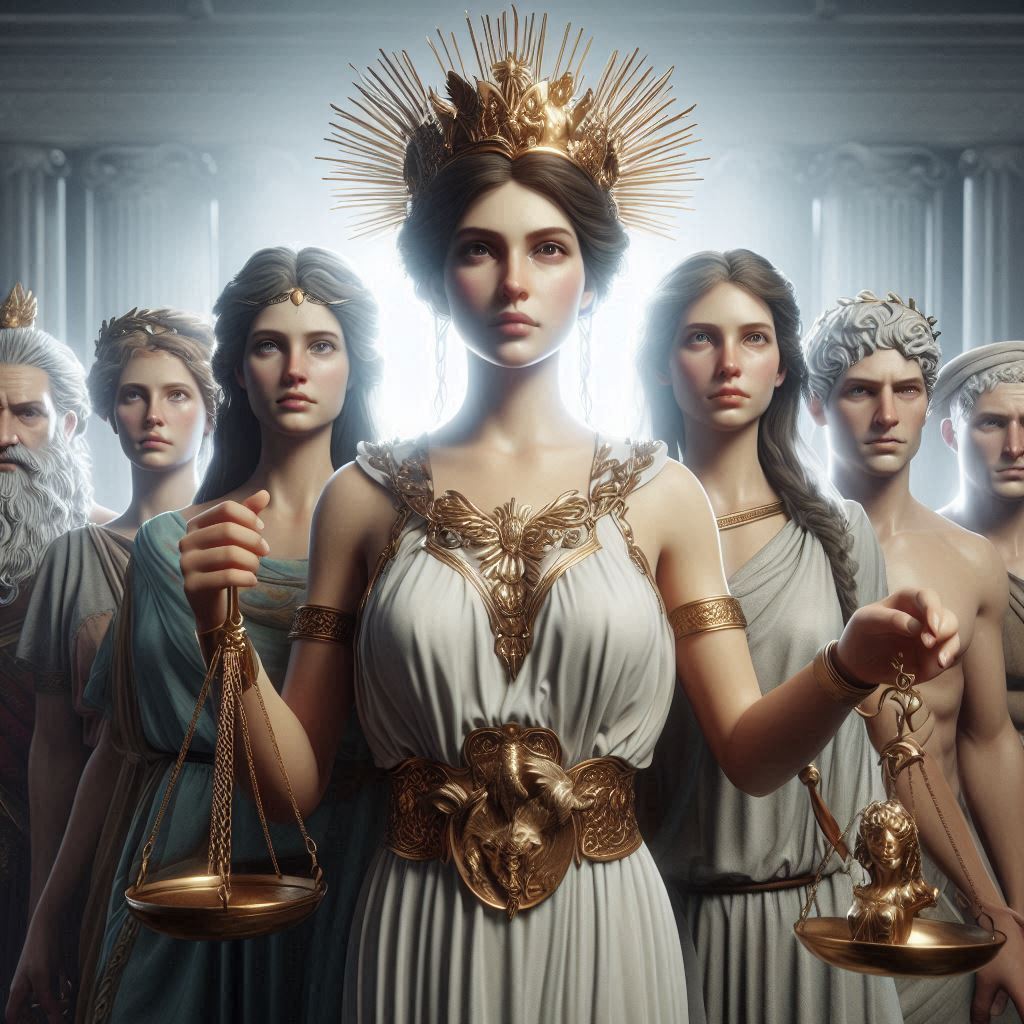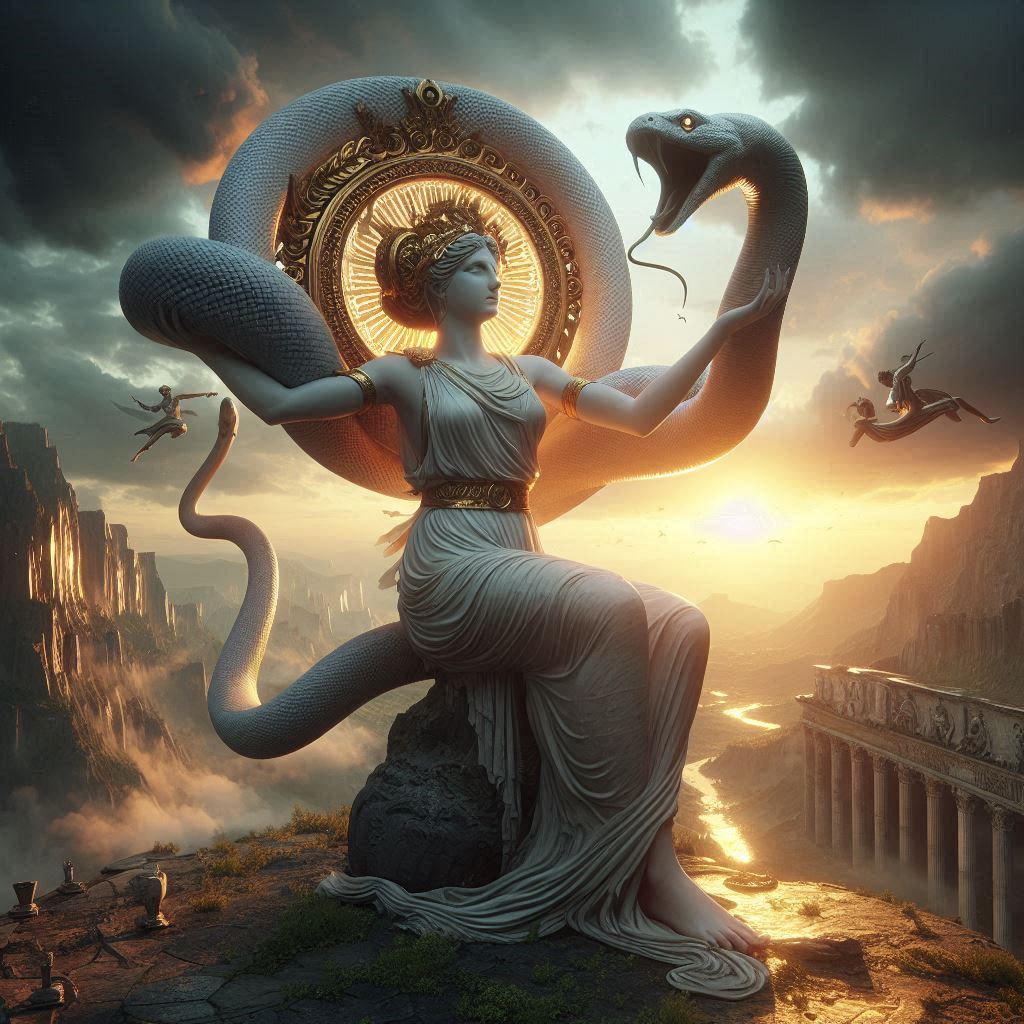Table of Contents
Fictional Couples Ranked: Who Had the Healthiest Relationship?
What are the best fictional couples? From the slow-burning romance of Elizabeth Bennet and Mr. Darcy to the tragic obsession of Jay Gatsby and Daisy Buchanan, fictional relationships have shaped our understanding of love, conflict, and personal growth. But which couples actually had healthy relationships? While passion and drama make for compelling storytelling, a truly healthy relationship requires mutual respect, communication, and personal development.

In this essay, we’ll rank some of literature’s most famous couples based on the strength and health of their relationships, examining key factors like trust, equality, and emotional growth.
1. Elizabeth Bennet & Fitzwilliam Darcy (Pride and Prejudice) – The Gold Standard
Why They’re the Healthiest: Jane Austen’s Pride and Prejudice gives us one of the most balanced and well-developed relationships in fiction. Elizabeth and Darcy start with misunderstandings and pride, but their love grows through self-reflection and mutual respect.
- Personal Growth: Both characters evolve—Darcy overcomes his arrogance, and Elizabeth recognizes her own prejudices.
- Communication: After initial missteps, they learn to speak honestly. Darcy’s second proposal is heartfelt and humble.
- Equality: Unlike many Regency-era couples, they respect each other’s intellect and independence.
Conclusion: Their relationship is built on growth, understanding, and genuine admiration—making them the healthiest fictional couple.
2. Jane Eyre & Edward Rochester (Jane Eyre) – A Battle of Wills and Morality
Why They’re Strong (But Flawed): Charlotte Brontë’s Jane Eyre presents a complex dynamic. Rochester is brooding and manipulative, while Jane is principled and strong-willed.
- Mutual Respect: Rochester admires Jane’s integrity, and Jane refuses to compromise her morals, even for love.
- Honesty (Eventually): Their relationship only works after Rochester’s secrets are exposed and he undergoes redemption.
- Balance of Power: Jane insists on equality, refusing to be his mistress and only returning when they can marry as equals.
Flaws: Rochester’s deception and emotional manipulation keep them from being #1, but their eventual honesty and mutual respect make them a strong contender.
3. Hermione Granger & Ron Weasley (Harry Potter) – Realistic Growth
Why They Work: J.K. Rowling’s Harry Potter series shows a slow-burning romance between two friends who balance each other out.
- Friendship First: Their bond is built on years of trust and shared experiences.
- Complementary Strengths: Hermione’s intelligence and Ron’s loyalty create a balanced partnership.
- Conflict Resolution: They argue but always reconcile, showing emotional maturity.
Flaws: Ron’s jealousy and occasional immaturity create friction, but their ability to work through issues makes them healthier than most.
4. Hazel & Augustus (The Fault in Our Stars) – Deep but Tragic
Why They’re Remarkable: John Green’s The Fault in Our Stars portrays a profound, if short-lived, love between two teenagers facing terminal illness.
- Emotional Honesty: They discuss death, fear, and love openly.
- Supportive Dynamic: They prioritize each other’s happiness despite their circumstances.
- No Idealization: They love each other as flawed individuals, not as perfect ideals.
Flaws: Their relationship is cut short by tragedy, so we never see long-term dynamics, but their emotional depth is undeniable.
5. Beatrice & Benedick (Much Ado About Nothing) – From Rivalry to Love
Why They’re Great: Shakespeare’s witty duo starts with biting banter but ends in genuine affection.
- Intellectual Equality: They challenge each other, making their love dynamic and engaging.
- Willingness to Change: Both admit their feelings after initial stubbornness.
- No Idealization: They love each other because of their flaws, not in spite of them.
Flaws: Their early interactions are fueled by pride, but their eventual vulnerability makes them a strong couple.
6. Katniss Everdeen & Peeta Mellark (The Hunger Games) – Trauma-Bonded but Resilient
Why They’re Complex: Suzanne Collins’ dystopian saga presents a relationship forged in survival.
- Unconditional Support: Peeta’s kindness balances Katniss’s guarded nature.
- Shared Trauma: They heal together rather than letting pain divide them.
- Realistic Progression: Their love isn’t instant—it grows through hardship.
Flaws: Katniss’s initial emotional detachment and Peeta’s manipulation by the Capitol create instability, but their eventual bond is strong.
7. Scarlett O’Hara & Rhett Butler (Gone With the Wind) – Passionate but Toxic
Why They’re Problematic: Margaret Mitchell’s epic romance is iconic but deeply flawed.
- Chemistry: Their attraction is undeniable.
- Honesty (Sometimes): Rhett sees through Scarlett’s illusions.
- Mutual Destruction: Their pride and stubbornness lead to heartbreak.
Flaws: Rhett’s possessiveness and Scarlett’s selfishness create a toxic cycle. Their famous breakup line (“Frankly, my dear, I don’t give a damn”) underscores their dysfunction.
8. Jay Gatsby & Daisy Buchanan (The Great Gatsby) – The Illusion of Love
Why They’re the Unhealthiest: F. Scott Fitzgerald’s tragic romance is built on fantasy, not reality.
- One-Sided Obsession: Gatsby idealizes Daisy, loving an image, not the real woman.
- Lack of True Connection: Daisy is drawn to his wealth and nostalgia, not his true self.
- Dishonesty & Manipulation: Their affair is based on lies and ends in tragedy.
Conclusion: Their relationship is a cautionary tale about loving an idea rather than a person.
Final Ranking (Healthiest to Least Healthy):
- Elizabeth Bennet & Mr. Darcy (Pride and Prejudice)
- Jane Eyre & Rochester (Jane Eyre)
- Hermione & Ron (Harry Potter)
- Hazel & Augustus (The Fault in Our Stars)
- Beatrice & Benedick (Much Ado About Nothing)
- Katniss & Peeta (The Hunger Games)
- Scarlett & Rhett (Gone With the Wind)
- Gatsby & Daisy (The Great Gatsby)
Final Thoughts:
The healthiest relationships in fiction are those where both partners grow, communicate, and respect each other as equals. While passion and drama make for great stories, true love in literature—as in life—thrives on honesty, mutual support, and personal evolution. Elizabeth and Darcy set the standard, while Gatsby and Daisy serve as a warning: love built on illusion cannot last.


No responses yet